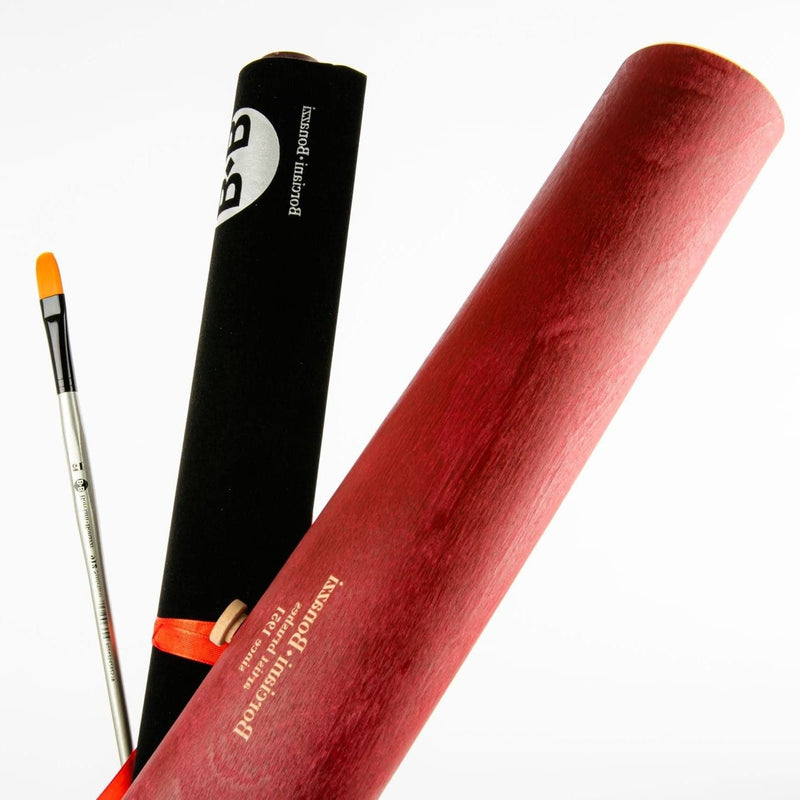Calligraphy(2)
Turn your words into an art form with our range of high-quality calligraphy supplies. Giving you everything you need to get started, we have a range of professional calligraphy pens, sets, inks, and more!
Get the Best Calligraphy Supplies Online
Calligraphy is the process of creating decorative lettering using a pen, ink brush, or other writing instrument. Calligraphy is popular on wedding invitations, logos, birth certificates, memorial documents, and more, so it’s not just a fun way of passing the time, it can also be a highly functional, and perhaps even lucrative skill… as long as you have the right tools, that is
Here, we’ll be introducing you to the wonderful world of calligraphy supplies, and what you should know before making a purchase.
What is a Calligraphy Pen?
The term ‘calligraphy pen’ has become a bit of an umbrella term for a range of different writing tools used in calligraphy. However, the traditional calligraphy pen is known as a dip pen, which is what most professional calligraphers still use to this day. As the name suggests, dip pens don’t have an internal source of ink, and therefore need to be regularly dipped into ink to produce lines.
Most dip pens feature interchangeable nibs to produce different lines and effects. Generally speaking, dip pens can be divided into two main categories:
-
Straight dip pens: straight dip pens allow you to hold your calligraphy pen in a similar fashion to a regular pen. This makes for a less steep learning curve and is often a good place to start for those who are just learning how to do calligraphy.
- Oblique dip pens: oblique dip pens feature a protruding ‘flange’ which holds the nib at an angle which can potentially extend the lifespan of your nibs by sharing the load across the two tines. It may seem counter-intuitive, but oblique dip pens also allow the writer to hold the pen more comfortably. This means calligraphers can work for longer without wrist strain.
Alternatives to Dip Pens
These days, calligraphers have access to a range of exciting tools and technology that open all kinds of opportunities for experimentation. If you don’t enjoy working with dip pens, there are a variety of other writing tools you can use instead:
Fountain Pens
Similar in appearance to a dip pen, fountain pens feature an internal ink reservoir, which eliminates the need to dip the nib repeatedly into an ink pot. This makes the tool less messy and much more portable. When it comes to calligraphy, fountain pens can achieve some of the same effects as dip pens, but typically aren’t quite as flexible.
Brush Pens
Relatively easy to learn, highly portable, and less messy, brush pens feature a flexible fibre tip that allows for expressive strokes and varied line-work.
However, it’s important to note that it can be difficult to achieve fine lines and thin upstrokes with brush pens, which means they may not be suited to delicate calligraphy work.
Felt Tip Pens
Similar to a brush pen in terms of ease-of-use, low-mess, and portability, felt tip pens feature a harder tip that’s great for fine detail work.
It’s important to note that felt tip pens tend to be fairly monoline, so you won’t get much line variation in your stroke and you’ll need to purchase different pen sizes depending on the width of the line you need.
You may wish to consider using a brush pen and then moving on to the felt tip pen to produce those little details and flourishes when adding the finishing touches to your calligraphy.
Alternatively, Speedball’s Elegant Writer Set features 6 permanent marker pens that are specifically designed for calligraphy. Each of these markers comes with a chisel-shaped tip that can produce both thick and thin lines.
Copic Markers
A new kid on the calligraphy art scene, Copic Markers are perfect for use in modern calligraphy. Not necessarily suited to traditional hand lettering, Copic Markers come in a huge variety of colours, can be refilled when they’ve dried up, and feature two ends, a chiselled tip and a brush tip.
Though it may be difficult to create fine details, larger, modern calligraphy work is quite achievable. The inks can also be blended, meaning there’s lots of room to explore new techniques with these markers.
Which Calligraphy Nibs to Use
Which calligraphy pen nibs you should be using depends on what you’re doing with them. Here are some of the most common types of nibs, and the kind of line they can produce:
-
Pointed nibs: pointed nibs tend to be flexible so you can vary the line width simply by applying or easing pressure on the downstroke
-
Chiselled nibs: featuring a broader and flatter tip, chiselled nibs are great for larger works where more pronounced line-variation is needed. The thickness of the line usually can’t be varied with pressure, so it’s more about the direction of the stroke and the angle of the nib.
- Ball-end nibs: as the name suggests, these nibs feature a ball at the end rather than a pointed tip. Ball-end nibs offer very little line variation, but they’re a great place for beginners to start if they’ve never used a calligraphy pen before. That’s because they move smoothly across the paper, similar to a regular ball-point pen. The familiar feel can help you learn how to hold the nib holder before moving on to more specialised nibs.
Likely you will find yourself requiring a number of different calligraphy pen nibs, so if you’re just getting started, we recommend purchasing a calligraphy pen set.
Most calligraphy pen sets come with at least one nib holder, as well as a range of nibs to work with. As you experiment, you can then begin to add extra nibs to your collection to suit your personal style
What Ink Do You Use for Calligraphy?
If you’re working with a dip pen, there are many different types of ink you can use to create beautiful calligraphy artwork. Here are some of the inks that work well in calligraphy pens:
Show Us Your Incredible Calligraphy Creatio
Here at Riot Art & Craft, your passion is our passion too! Be sure to share your incredible calligraphy art with us on Instagram by tagging @riotartandcraft on your calligraphy posts.
We’d love to see what you’ve been up to!


